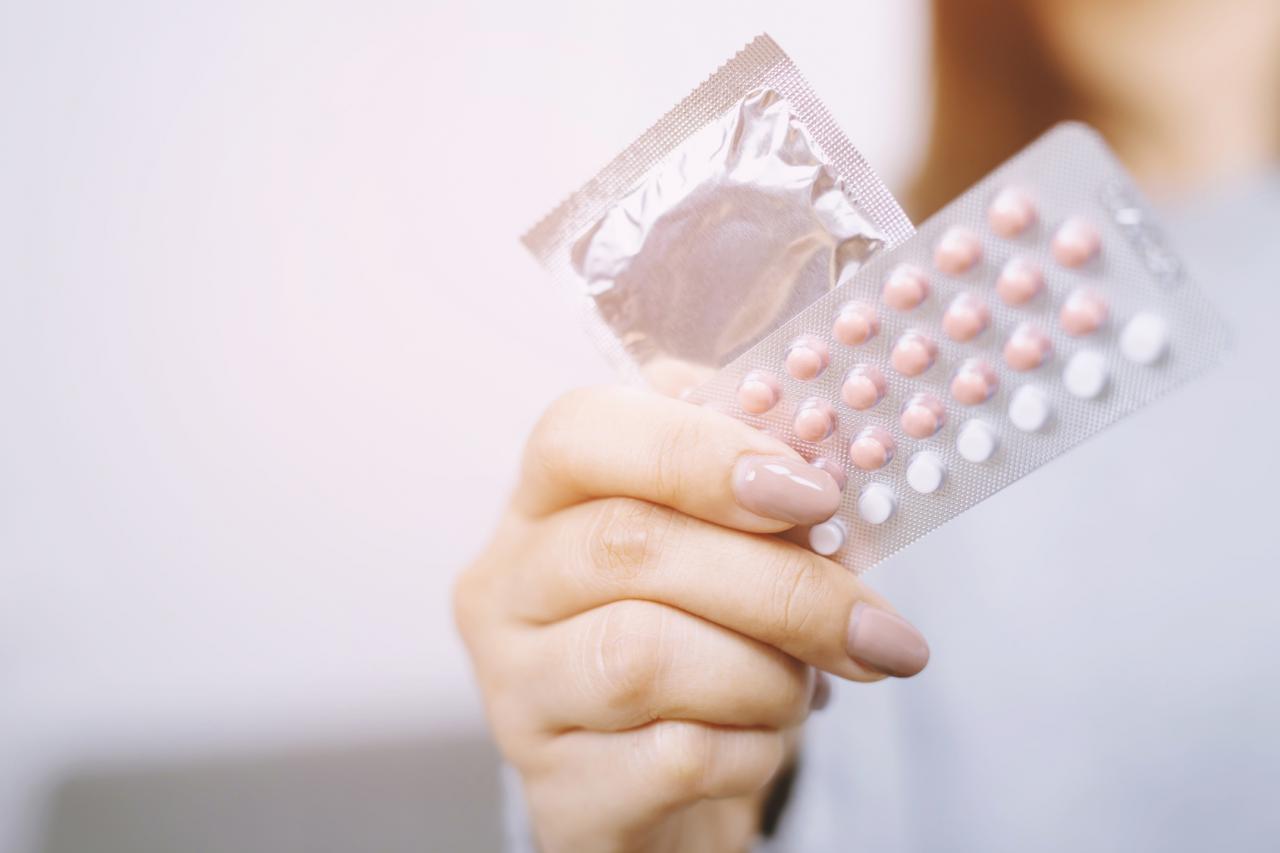 Photo: Getty Images
Photo: Getty Images
There are several reasons why we have breast pain. Sometimes, women can experience discomfort in one or both breasts. It can be sporadic or constant depending on what’s going on.
It is important to realize that pain in the breasts is an uncommon sign of breast cancer. Instead of cancer, usually, the pain is due to:
• Hormone changes during your period or menopause
• Water retention, which may happen during your period
• Injury to your breast
• Breast-feeding or nursing can be painful for some mothers
• An infection in the breast
• Puberty
Additional reasons can be attributed to fibrocystic changes. This condition can cause the breasts to be lumpy and painful, especially during hormonal changes such as the menstrual cycles. This does not increase the risks of cancer if you have fibrocystic breasts.
Be mindful that certain medications may aggravate the breast too. Also, other ailments like shingles, an intensely painful rash caused by the chicken pox virus, varicella-zoster, can cover the breast area. It is manifested by a rash and blisters on the skin.
Is There Help?
For general breast pain, the following is recommended:
• Take medication such as acetaminophen or ibuprofen
• Use heat or ice on the breast
• Wear a well-fitting bra that supports your breasts
But if you have a bloody or clear discharge from the nipple, have given birth recently and breasts have become swollen, have a lump or lumps, have constant pain or have redness, pus or fever, it is advisable to seek medical help.
When a breast examination is needed, doctors will do a manual check of the breast itself. You will be asked a litany of questions about the type of pain you are experiencing as well.
Women 35 years old and younger with no lumps usually do not require further testing. However, women over 35 years of age who may or may not have lumps might be asked to undergo a mammogram.
If a lump is found, further testing such as a breast sonogram and/or biopsy might be needed. Then, depending on what the diagnosis is, the appropriate treatment will be dispensed.
Resources:
Breast Pain. The New York Times. Web. 23 of September 2011.
http://health.nytimes.com/health/guides/symptoms/breast-pain/overview.html
Breast Pain in Women. FamilyDoctor.org. Web. 23 of September 2011.
http://familydoctor.org/online/famdocen/home/women/reproductive/breast/571.html
Dita Faulkner is a freelance writer who loves the season of fall, outside crafts and art shows and walks along the river. Check out her blog and see what else is on her list:
http://redtoenails.wordpress.com/2011/04/28/how-to-manage-your-shoe-addiction-2/
Reviewed September 26, 2011
by Michele Blacksberg RN
Edited by Jody Smith





Add a CommentComments
There are no comments yet. Be the first one and get the conversation started!